Hydroponics Part V: How to Start Your Seeds

As you well know by now, hydroponics is a means of growing plants without soil. This adds a versatility that is hard to appreciate when planting a garden. You have so many additional options available to you. But it also means that you have to do things slightly different. In this latest post on hydroponics, I want to go through the step by step process to start seeds.
Using a seed starting cube
By far the best way to start seeds is to use a seed starting cube. The advantage to these is that the cubes can hold water while allowing air to reach the seeds, which is important during germination. There are several brands on the market such as rock wool or oasis starter cubes.
I personally prefer the Oasis brand because the cubes come in larger sheets that are easy to separate and they tend to be less expensive. Once seeds start to sprout and grow roots, the starter cubes make it easy to transfer the seedlings to the hydroponics system of your choice. A one and one half inch st...
Hydroponics Part IV: Defining and Measuring pH, EC, and TDS
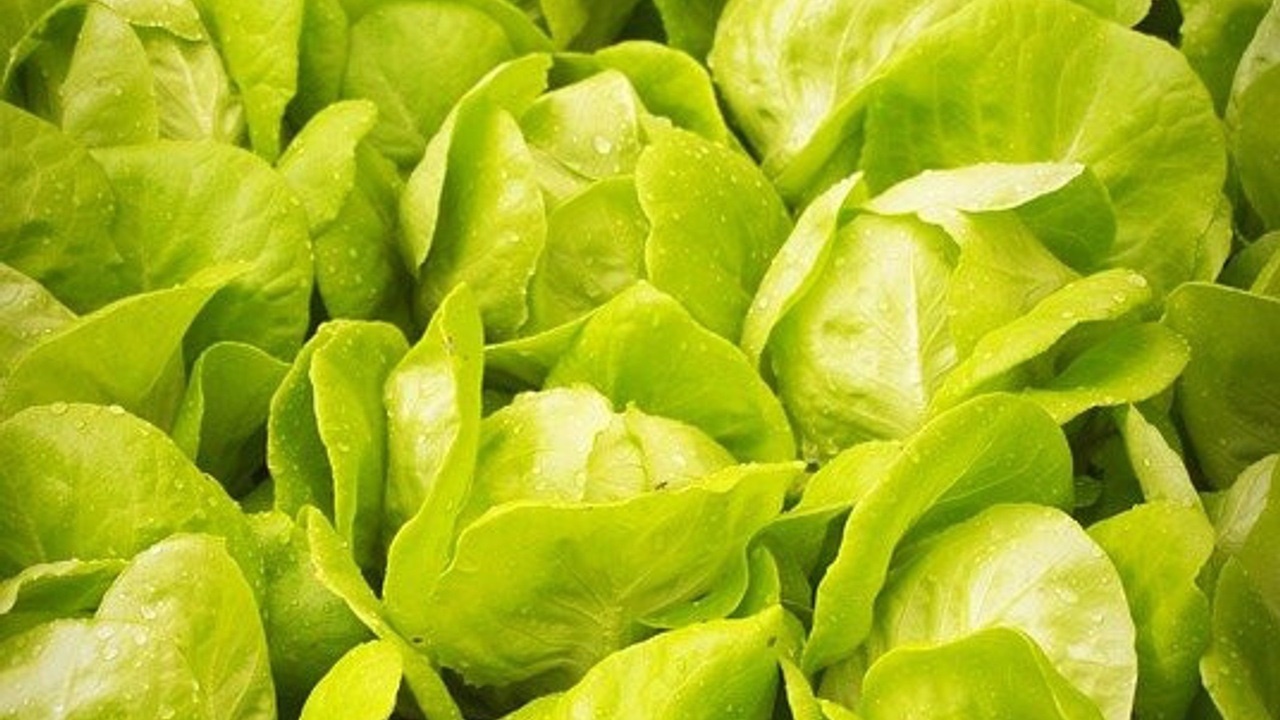
The beauty of a hydroponic system is that plants can be grown in the absence of soil. Additionally the water needed to grow plants is about 90% less than traditional gardening. Since soil is not used, the success of your system is truly dependent on the proper nutrient solutions. Just as soil types directly affect the growth of plants, the same is true for nutrient solutions.
That said, once your nutrients are mixed in proper ratios that reflect the needs of your plants, transpiration and differences in plants means that nutrient levels can drift away from optimum levels. This simply means that your nutrient solutions need to be properly managed. This is accomplished by measuring certain parameters such as pH, EC (electrical conductivity), and TDS/PPM (total dissolved solids/parts per million).
The Importance of Proper pH
The nutrient solution pH level is crucial in hydroponics because it affects nutrient availability to growing plants.When plants are grown without soil, they do...
Hydroponics Part III: Nutrient Solutions Explained
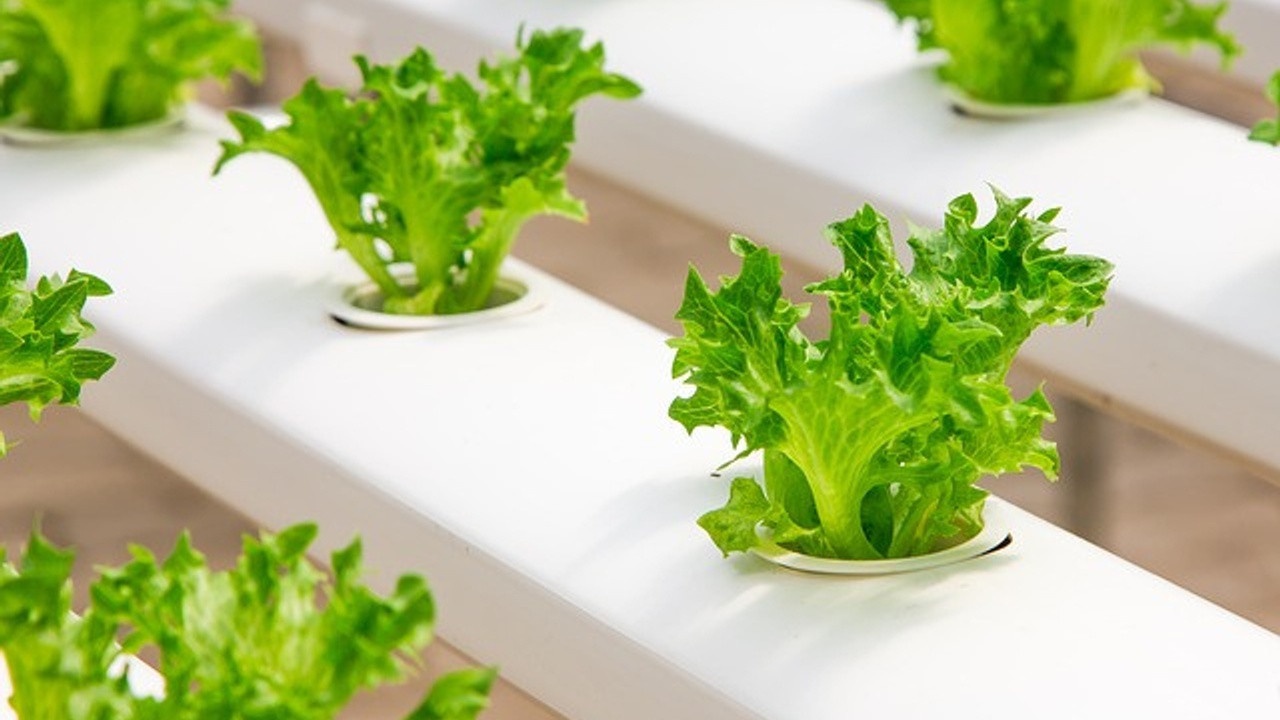
The three things that plants need to grow is food, water, and air. Soil simply provides a structure or substrate to support the roots of the plants and provides a means of oxygenation. Water dissolves nutrients into a soluble form which can then be absorbed by the roots of the plants. Since hydroponics is growing plants in the absence of soil, that simply means your plants need to be fed by another method. That method is nutrients solutions.
If you are new to hydroponics, nutrients solutions can be very confusing. The good news is that there is science behind hydroponics but it is not rocket science. These are just basic principles that are easy to understand. However, it does require a little bit of explanation.
There are two types of nutrients that plants need: macro-nutrients and micro-nutrients. These nutrients are essential for growth and normal cell function. The macro-nutrients are in much higher demand and are essential for normal cell function. Micro-nutrients are also essen...
Hydroponics Part II: How to Set Up a Hydroponics System in 8 Steps
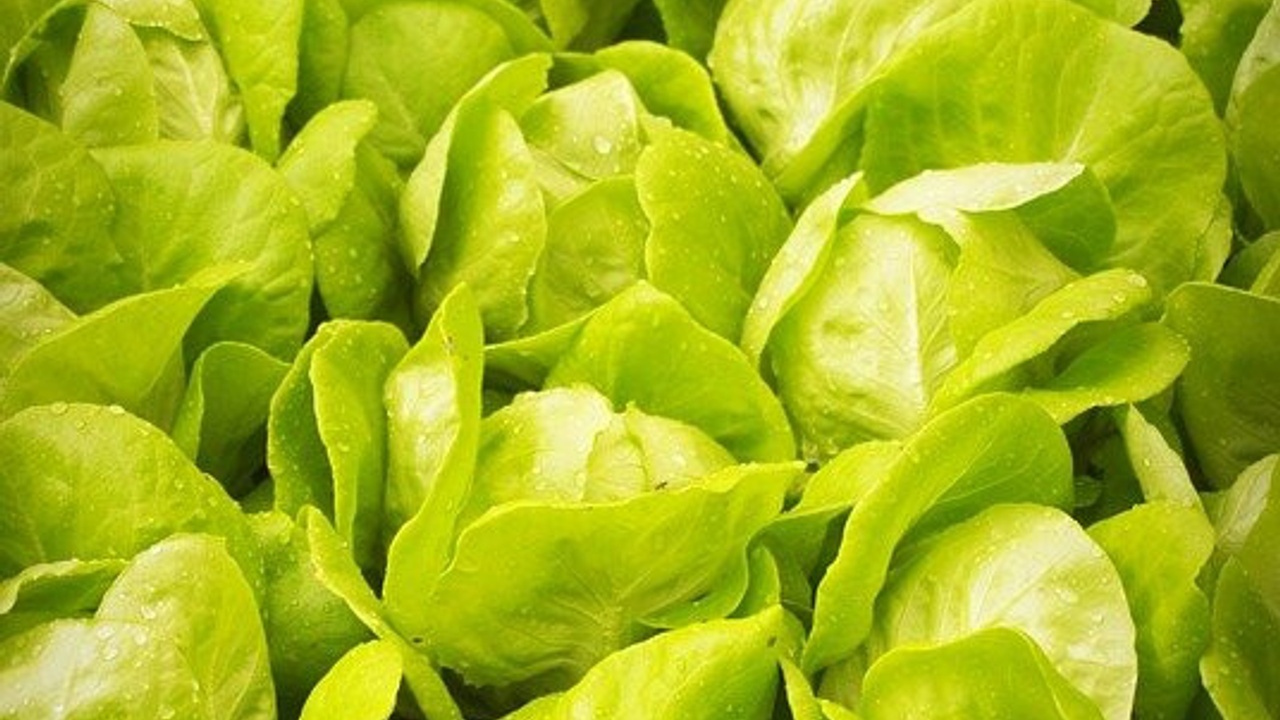
Hydroponic farming is a fantastic way to cultivate plants because it does not require soil. This type of cultivation allows us to manipulate the growing environment in such a way to maximize production and minimize the use of resources. We now have the technology to grow food anytime and anywhere in the world. Despite the advanced technology, you can also learn how to set up a hydroponics system and have a small hydroponics garden even with little space.
But, if you are like me when I first became interested in hydroponics, I was a bit confused on where to start. Of course I consulted several references and read through them but it was also a lot of information. What I want to accomplish in this post is to give you a step-by-step guide on how to set up your first hydroponics garden. There will be other posts to explain lots of things in further detail. However, this guide will give you a good place to start.
1. Decide on what plants you want to grow

First decide on what plants you...
Hyproponics Part I: An Introduction
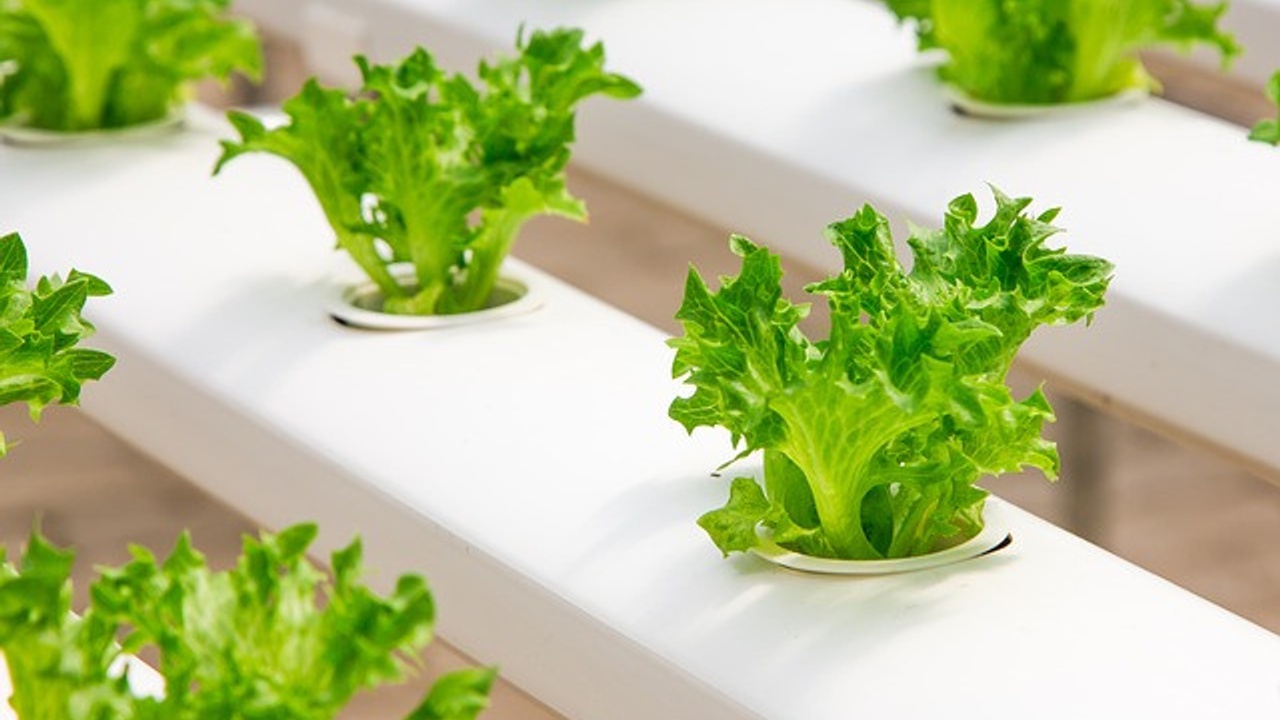
If you have ever considered hydroponics, this post is intended to give you a general overview of the basic principles involved. There is a lot more to it than what is contained in this post. So if you are truly interest, then there are extensive resources available. However, this post will give you a good idea if this is something you want to attempt.
A brief history of hydroponics
Very simply put, hydroponics is growing plants without soil. This method of cultivation has a long history. Many people believe that growing plants in this manner started in ancient Babylon. This city had an elaborate system of hanging gardens that many people believe was a hydroponic system into which fresh water rich in oxygen and nutrients was regularly pumped.
Why it works
Contrary to popular belief, plants do not actually need soil to grow. The three things that plants need to grow is food, water, and air. Soil simply provides a structure or substrate to support the roots of the plants and provides ...
Ten Tips for Building a Cabin on a Budget
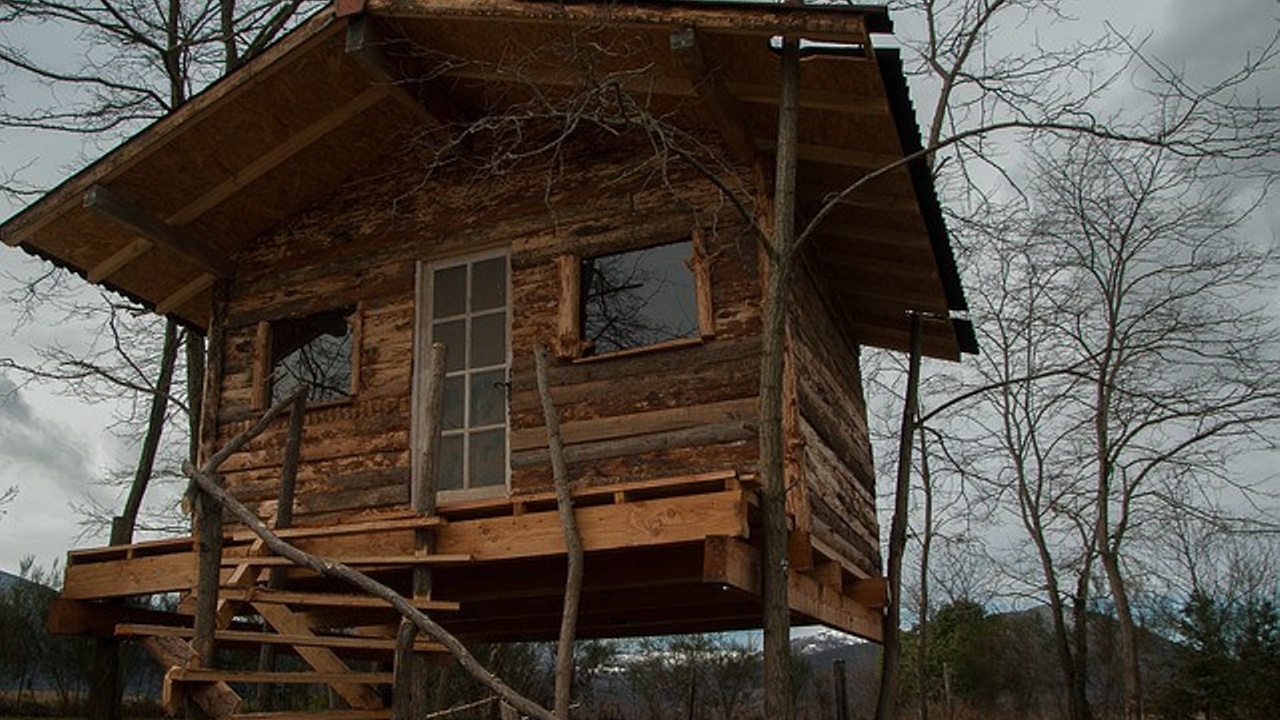
In recent years I have noticed a trend that more and more people want to get off the grid and get back to the basics. At the same time, many people would like to do that on a reasonable budget. This can be challenging to do when you are looking at purchasing land, building a home, and perhaps setting up a homestead. But if you are determined to save money then continuing reading to learn about 10 tips for building a cabin on a budget.
Searching the internet will bring up numerous options for building an inexpensive cabin. These ideas range from cabin kits, sheds, pallet construction, tiny homes, and even cabins built from shipping containers. I even have a post on Building an Off Grid Home.
All that being said, what I’ve always stressed is that whatever you decide to build, make sure that it will be comfortable for years to come. After all you have to establish a decent lifestyle if you are going to stick with this over the long haul. Consider the following 10 tips for building a cab...
How to Build a 600 Sq Foot Greenhouse for Less Than $5000
Growing your own food has numerous advantages. Produce is fresh, easily available, taste better, and is guaranteed to be organic. Growing your own also enables you to take another step toward self sufficiency and sustainability. However, if you live in a challenging climate, you may need to utilize a greenhouse in order to take full advantage of the growing season.
That said, commercial greenhouses can be expensive. Depending on the size, you can easily spend $10,000. You can get around that by a DIY project. In this post, learn how to build a 600 square foot greenhouse for less than $5,000.
Advantages to a Greenhouse
#1 Longer Growing Season
This is the obvious first advantage to having a greenhouse. You can easily extend the growing season even if you live in a cold climate. I happen to live at 10,000 feet elevation in Colorado. Having a greenhouse allows me to extend my growing season by 3 months.
#2 Protection from Bad Weather
There is nothing more disheartening than having...
The New Self Sufficiency-Doing Without
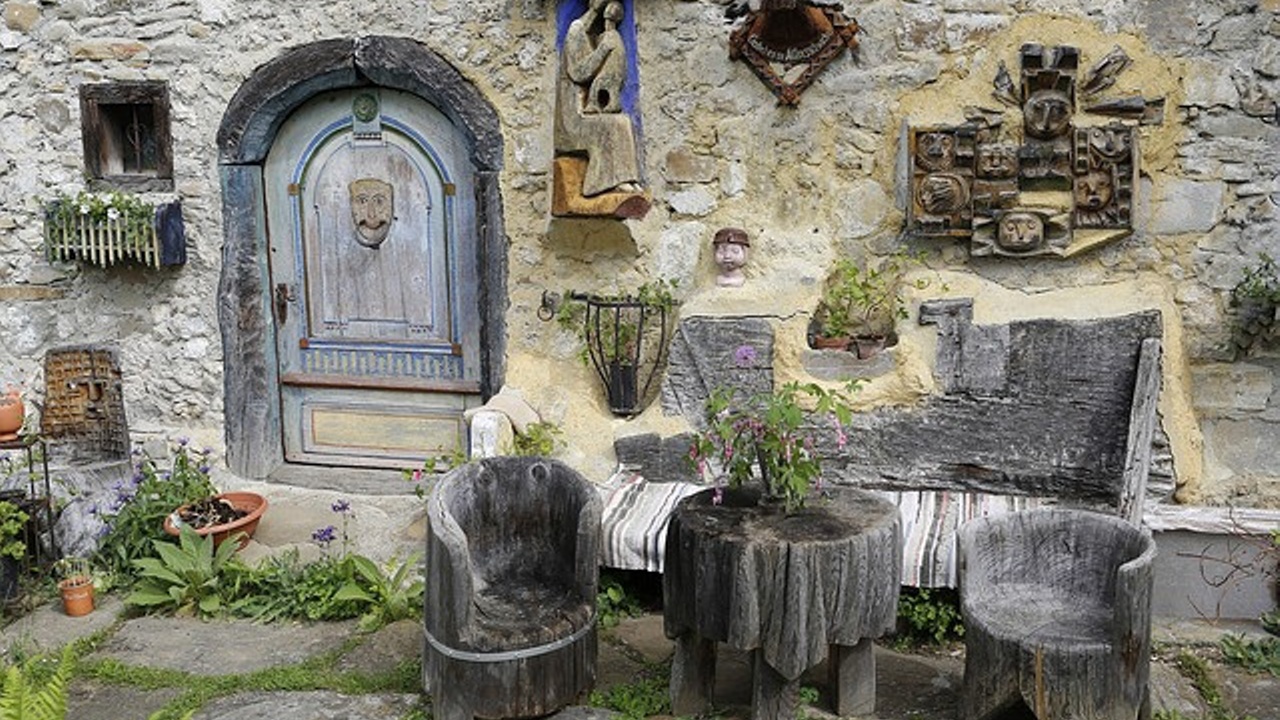
In an earlier post I discussed how true self sufficiency is in fact impossible yet it is essential for our survival. I also discussed variations on the theme of self sufficiency such as green living, homesteading, living on the edge, and voluntary simplicity. But, I also discussed the fact that we now live in a very different world than our ancestors and that world poses many new challenges. And one of those challenges is our consumer society. You can read that post here.
I often think of my early childhood when I spent a lot of time on one or both of the working farms that were in the family. A lot of our meat for the year, as well as other things, came from the farm. I had a brother and two sisters and we often spent time on the farm working and helping with chores especially in the summer when we were out of school. We were often there helping our grandparents work the farm while our parents were at the day job earning the money that provided for our other needs. After all, you can...
Self Sufficiency is Impossible-yet Essential
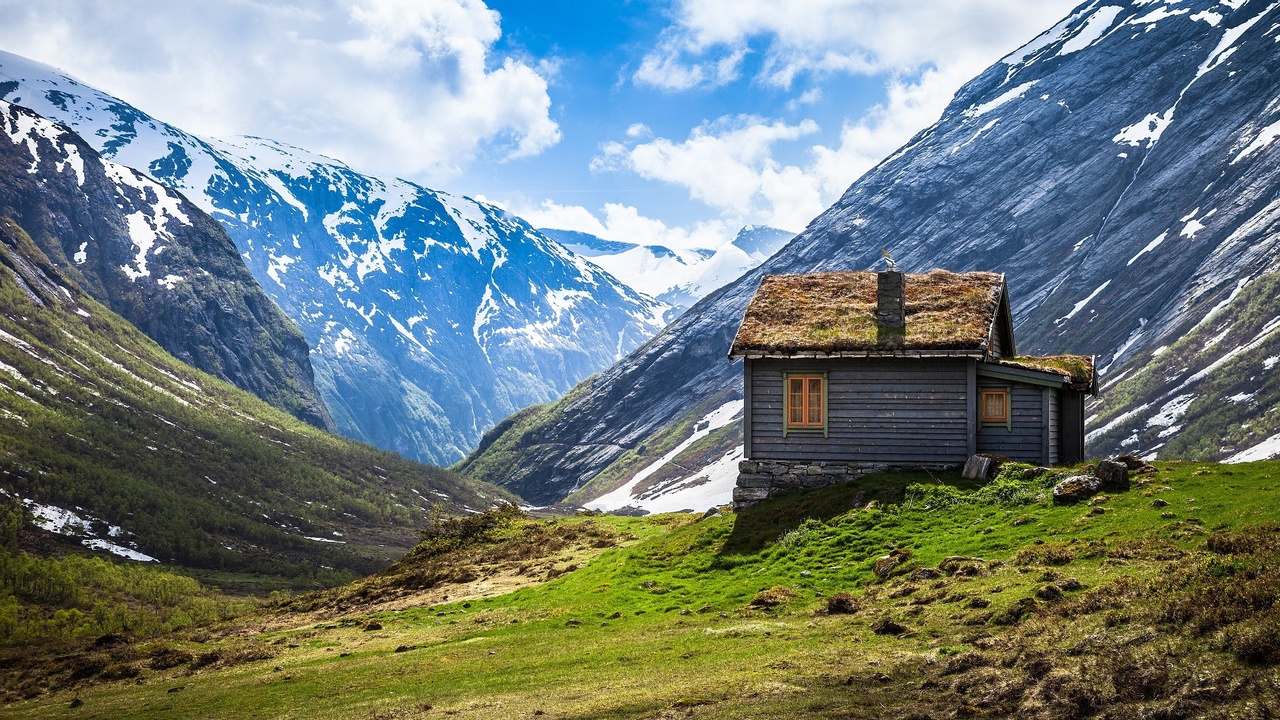
True self sufficiency is impossible-yet it is essential. In many ways self sufficiency is directly connected to sustainability. But again, true self sufficiency is also impossible to attain. So, how do we get around that?
When I was growing up in north Georgia and Tennessee, both of my grandparents had working farms. And I spent a lot of time on those farms when I was younger. We had horses, cattle, pigs, chickens, rabbits, a huge garden, and numerous fruit and nut trees. And for an added treat, we would often forage for berries, especially black berries, and go fishing for trout. I am sure that at some point in time in my childhood I actually ate store bought meat but is was so infrequent that I do not remember.
My point being is that self sufficiency was never anything we actually talked about. It was simply how we lived.
Now fast forward into our present time, when you mention self sufficiency in front of a group of people, I can almost guarantee that 10 different people will hav...
The Benefits of Slow Food
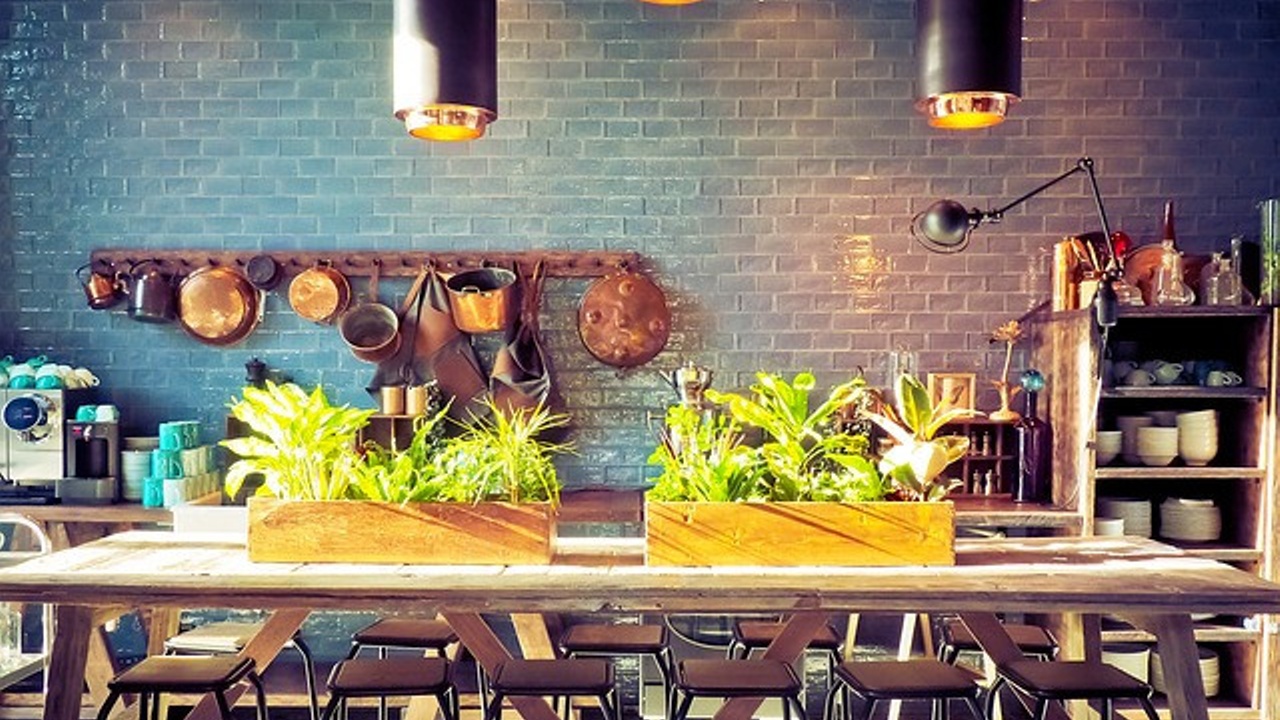
There is no doubt that the fast food industry has transformed the world. It affects how we eat, what we eat, our nutrition, and even our average body weight. In fact, the average American spends $1,200 per year on fast food. In fact, the global value of the fast food market tin 2017 was almost $650 billion.
It is sad to think that cooking from scratch, or what I call slow food, is becoming a lost art in the average home. Eating fast food is now the norm. If it is not fast food, now we can get the healthy “meal kit” delivered to our own home. At least we are cooking from home, but at what price?
But on the homestead, sustainable food production is a vital part of self sufficiency. Stocking up on essentials is a matter of necessity especially if you live far from the local supermarket. In my personal situation, the nearest supermarket is 22 miles away. That means I never have a quick trip to the store. It is 44 miles round trip. This is a minimum of 1 1/2 hours out of my day if there i...



